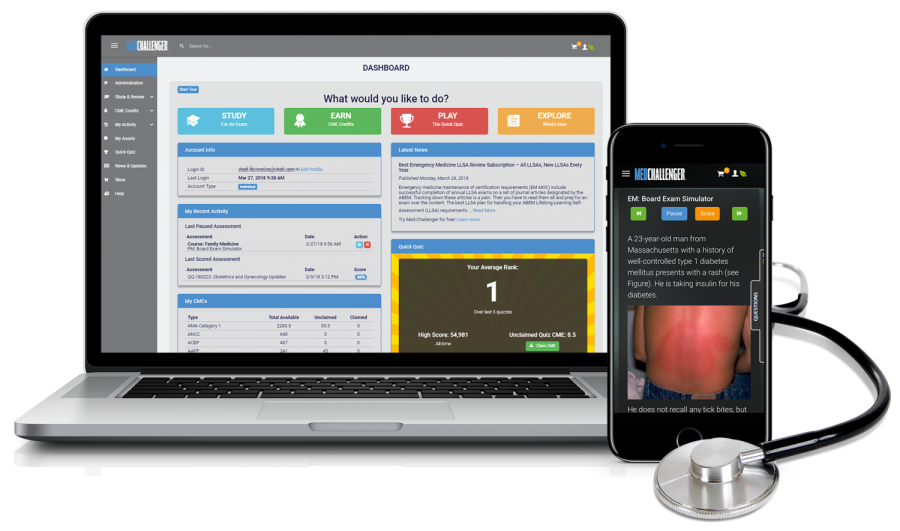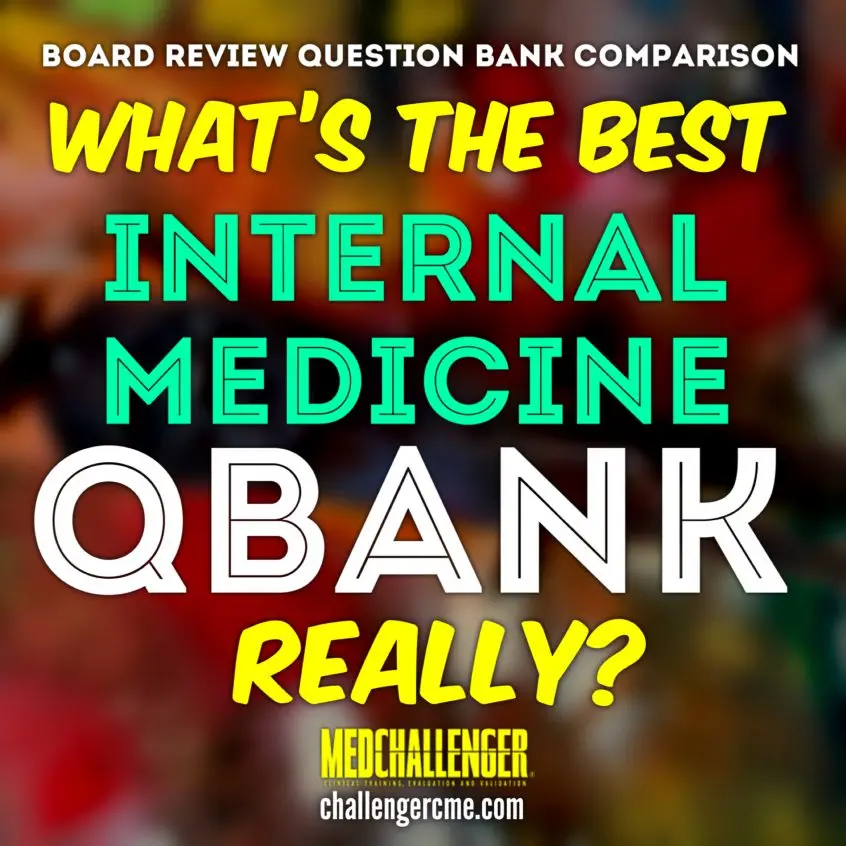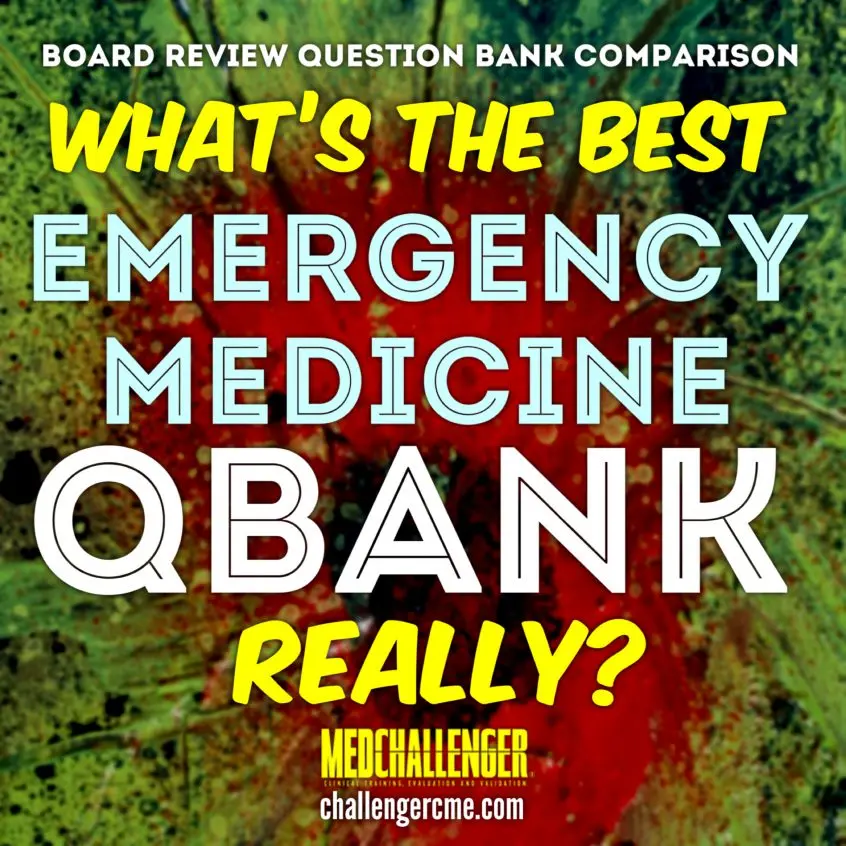Guideline Update - Management of Acute Lower Gastrointestinal Bleeding
In February 2023, the American College of Gastroenterology (ACG) published new guidelines on acute lower gastrointestinal bleeding (LGIB), that replace their previous (2016) guidelines. What has changed?
Test your knowledge of the new guidelines with this case-based question and detailed explanation.
A 64-year-old man presenting to the emergency department with a 3 hour history of abrupt onset of painless hematochezia.
He is alert and oriented and his initial vital signs are HR 121 bpm (regular), BP 140/92 mm Hg, RR 16/min, room air pulse oximeter 95%.
Physical exam shows ongoing, significant hematochezia with blood clots. He denies nausea, vomiting, fever, chills, and any recent episodes of melena.
He states that he takes some kind of “blood thinning pill” because of his occasionally irregular heartbeat and its inherent stroke risk to him.
He does not take any other medications and is unaware of having any other medical problems.
He has no history of peptic ulcer or liver disease, and never had gastrointestinal bleeding before the current episode.
His hemoglobin level is 8.1 g/dL, his INR is 2.3, and his platelets are 250 x 109 L. He is given 1 L of normal saline.
According to the 2023 American College of Gastroenterology (ACG) guidelines on acute lower gastrointestinal bleeding (LGIB), what is a recommended next step in this patient’s management that is a departure from the ACG’s previous (2016) guidelines?
Answer Options:
- Given the signs of early hemorrhagic shock in the context of being anticoagulated by an unknown agent, he should receive 4-factor prothrombin complex concentrate (PCC).
- Given the signs of early hemorrhagic shock, his INR of 2.3, and hemoglobin of < 9.0 g/dL, he should receive 2 units of packed red blood cells and tranexamic acid.
- Given his brisk bleeding, he should undergo CT angiography with referral to an interventional radiologist for arterial embolization or a gastroenterologist for endoscopic hemostasis if a bleeding source is found.
- Given his brisk bleeding, he should undergo emergent colonoscopy with intent to perform endoscopic hemostasis if a bleeding source is found.
See Full Answer
The correct answer is:
Given his brisk bleeding, he should undergo CT angiography with referral to an interventional radiologist for arterial embolization or a gastroenterologist for endoscopic hemostasis if a bleeding source is found.
Educational Objective:
Cite recent guideline changes for managing the early stages of an acute lower gastrointestinal bleed in a borderline stable patient.
Key Point:
Some of the recommendations in the 2023 ACG guideline on acute lower gastrointestinal bleeding depart significantly from the (now outdated) 2016 guidelines:
New (2023): “We suggest performing a CT angiography (CTA) as the initial test in patients with ongoing, hemodynamically significant hematochezia (conditional recommendation, low-quality evidence).”
Old (2016): “Colonoscopy should be the initial diagnostic procedure for nearly all patients presenting with acute LGIB (strong recommendation, low-quality evidence).”
Explanation:
CTA plays an increasing role in the diagnosis (90% sensitivity, 92% specificity) and management of LGIB specifically because of its ability to rapidly obtain images without the need for a bowel preparation. In addition, multiphase CTA can be typically completed within minutes, even in hemodynamically unstable patients.
It can furthermore precisely localize the source of both arterial and venous bleeding in upper as well as lower GIB, which is especially helpful in patients with significant hematochezia (the above patient) because hematochezia is a symptom shared by both upper and lower GI bleeds.
Finally, a CTA may delineate the vascular anatomy, which facilitates radiographic embolization.
Patients with a negative CTA often benefit from a conservative wait and see strategy and can be spared enduring an endoscopic procedure. In a retrospective study of patients undergoing CTA for LGIB, nearly 80% of patients with a negative CTA had no further clinical or radiologic evidence of rebleeding and settled spontaneously without the need for endoscopic or radiologic intervention.
Patient factors associated with a positive CTA include recent bowel resection or endoscopic intervention, transfusion of more than 3 units of PRBC per day, use of anti- platelet agents, tachycardia, and hypotension. In addition, obtaining a CTA within 4 hours of hematochezia onset increases the likelihood of a positive test.
CTA is not useful in patients with minor bleeds or in whom the bleeding has clinically subsided because the rate of bleeding is usually too low to be detectable on a CTA.
Other points:
The 2016 guidelines recommend a specific red blood cell to platelet transfusion ratio for patients requiring massive transfusions. By contrast, the 2023 guidelines no longer discuss algorithms for massive transfusions, but instead state that platelet transfusions should be administered in the setting of severe GI bleed to maintain a platelet count of > 30 x 109 L (or > 50 x 109 L if endoscopy will be performed).
The 2023 guidelines add a new recommendation that there is no benefit to routine platelet transfusion for patients on antiplatelet medication.
They also add a new recommendation that they strongly (!) advise AGAINST using antifibrinolytic agents such as tranexamic acid in the context of a GI bleed because it is associated with an increase in venous thromboembolic events and seizures while not showing a positive impact on e.g. mortality from LGIB, all-cause mortality or all-cause bleeding.
Another important change for the 2023 guidelines is that they are more restrictive in recommending reversal of intentional anticoagulation. They state that most patients do NOT require reversal of their anticoagulated state.
The (now outdated) 2016 guidelines: “Endoscopic hemostasis may be considered in patients with an international normalized ratio of 1.5- 2.5 prior to or concomitant with the administration of reversal agents. Reversal agents should be considered prior to endoscopy in patients with an INR > 2.5 (conditional recommendation, very low quality evidence).
By comparison, the 2023 guideline states:
“Although most patients with LGIB who are on vitamin K antagonists are unlikely to require reversal, we suggest reversal of patients who present with a life-threatening LGIB AND (!) have an INR substantially exceeding the therapeutic range.” For such hyper-anticoagulated patients, 4-factor PCC is preferred over fresh frozen plasma.
They furthermore state:
“For patients on direct oral anticoagulants, we suggest reversal only for the small subset of patients who present with a life-threatening LGIB that does not respond to initial resuscitation and cessation of the anticoagulant alone.”
Patients on one of the new oral anticoagulants should receive the specific antidote to their particular medication (idarucizumab for reversing dabigatran; andexanet for reversing apixaban or rivaroxaban).
The above patient met none of these criteria and did not require reversal of his unknown agent. The patient also did not meet criteria for packed red blood cell transfusion.
Both the 2016 and 2023 guidelines recommend a restrictive transfusion strategy to a goal hemoglobin of 7.0 g/dL (versus a liberal strategy to a hemoglobin of 9 g/dL).
References:
Sengupta N, Feuerstein JD, Jairath V, Shergill AK, Strate LL, Wong RJ, Wan D. Management of Patients With Acute Lower Gastrointestinal Bleeding: An Updated ACG Guideline. Am J Gastroenterol. 2023 Feb 1;118(2):208-231. doi: 10.14309/ajg.0000000000002130. Epub 2022 Sep 21.
Strate LL, Gralnek IM. ACG Clinical Guideline: Management of Patients With Acute Lower Gastrointestinal Bleeding. Am J Gastroenterol. 2016
Apr;111(4):459-74. doi: 10.1038/ajg.2016.41. Epub 2016 Mar 1. Erratum in: Am J Gastroenterol. 2016 May;111(5):755. PMID: 26925883; PMCID: PMC5099081.
Try the Full Course for Free
This case-based review question comes from our Med-Challenger EM exam review and CME credit course for emergency medicine physicians.
Subscribe to the Medical Education Blog
If you liked this patient case Q&A, and would like to get notified of more free medical education content, subscribe to our Medical Education Blog.
Play our Free CME Quick Quiz
Our insanely popular CME Quick Quiz provides FREE board review questions and the opportunity to earn free CME credits every week. It's a fun way to stay up-to-date and see how your knowledge ranks with peers.
All you need is a free online Med-Challenger account. Our five most-recent quizzes are available now.
About Med-Challenger:
Med-Challenger provides online medical education exam review and continuing medical education products and services to physicians, nurses, and other medical specialists as well as learning management systems for medical training programs and healthcare groups world-wide via its web-based medical education library and world-class assessment platform at https://app.challengercme.com.



